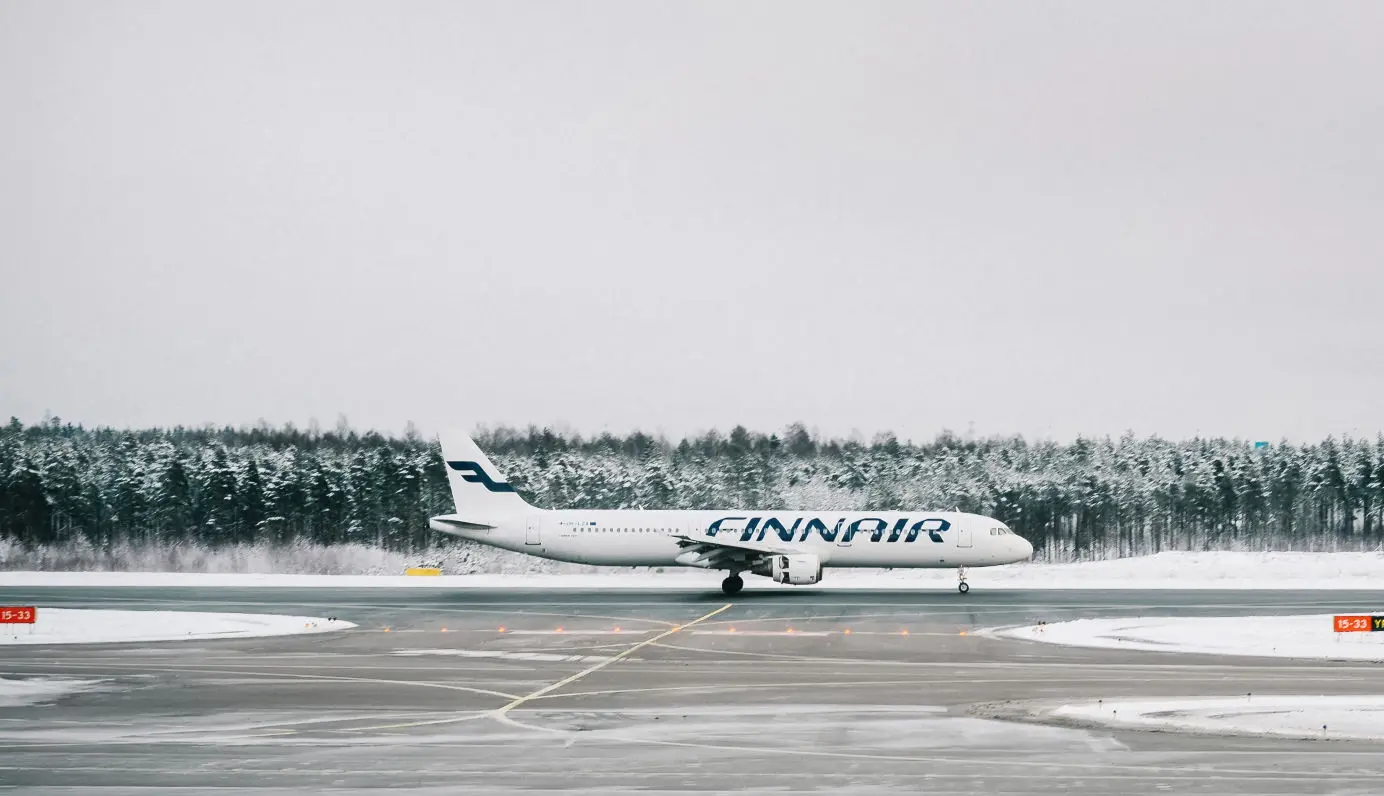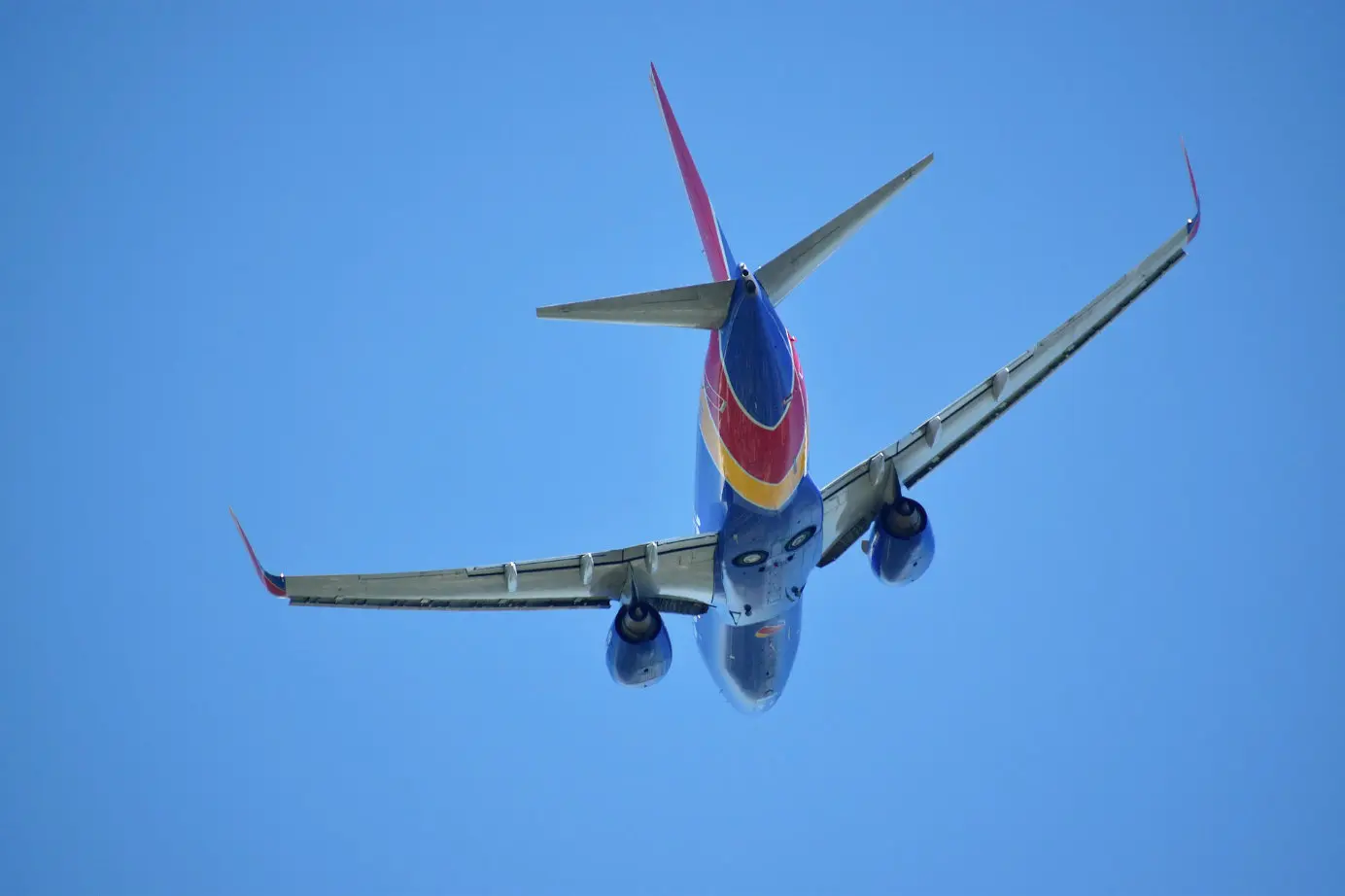
The Range of the Boeing 737 - Everything You Need to Know
The range of the Boeing 737 varies depending on the variant We examine the range of the Boeing 737 in more detail.
Table of Contents
The Boeing 737 is one of the best-selling aircraft in the world. Since the aircraft's introduction in 1968, Boeing has sold over 11,000 Boeing 737s. The plane has gone through four generations of improvements.
Boeing designed the 737 for shorter routes, unprofitable for large aircraft. Over the years, several improvements have increased the Boeing 737's range. This means that airlines can use it on several different routes worldwide. Along with good passenger capacity, attractive fuel efficiency, and low maintenance costs, the 737's range has played a critical role in the 737's success.
In this article, we take a closer look at the range of the Boeing 737.
What Range Is the Boeing 737 Designed For?
The Boeing 737 airplane is among the most popular aircraft in history. It is a narrow-body jet airliner built to operate on short routes that large planes cannot service profitably.
Boeing developed the first version of the 737 in the 1960s as demand shifted to more economical forms of air travel. The 737's small size is one of the plane's most significant advantages. On short routes with less passenger demand, deploying large long-haul airliners, such as the Boeing 777 or Airbus A330, does not make sense, as these large aircraft are more expensive to acquire, operate and maintain. In addition, the airline might not be able to fill them up with passengers, and they risk losing money.
A Boeing 737, on the other hand, is cheaper to acquire and operate. Also, it is easier for the airlines to fill them up with passengers, making the routes more profitable. Versatility and profitability have made the Boeing 737 (and the Airbus A320 - Airbus' narrow-body jet airliner) one of the best-selling aircraft, and Boeing has built more than 11,000 737s.
Boeing introduced the 737 in the 1960s and has continuously improved the aircraft through four aircraft series. With each new generation, Boeing focused on better range and fuel economy, and most of the improvements are due to new efficient and more powerful engines, which increased the Boeing 737's range.
Factors Affecting the Boeing 737's Range
As with cars, an aircraft's range depends on factors like wind, weather, engine variants, and the aircraft's total weight. The latter is one of the most critical factors affecting the range. The heavier the plane is, the more energy it requires to stay in the air. Higher energy requirements mean a higher fuel burn rate, which limits the range.
All aircraft have a maximum allowable weight with which they can operate. We call this maximum weight the MTOW (Maximum Take-Off Weight). MTOW is the heaviest an aircraft can be, where it still meets all of its applicable airworthiness requirements. MTOW is the sum of the aircraft's weight, fuel, passengers, and cargo.
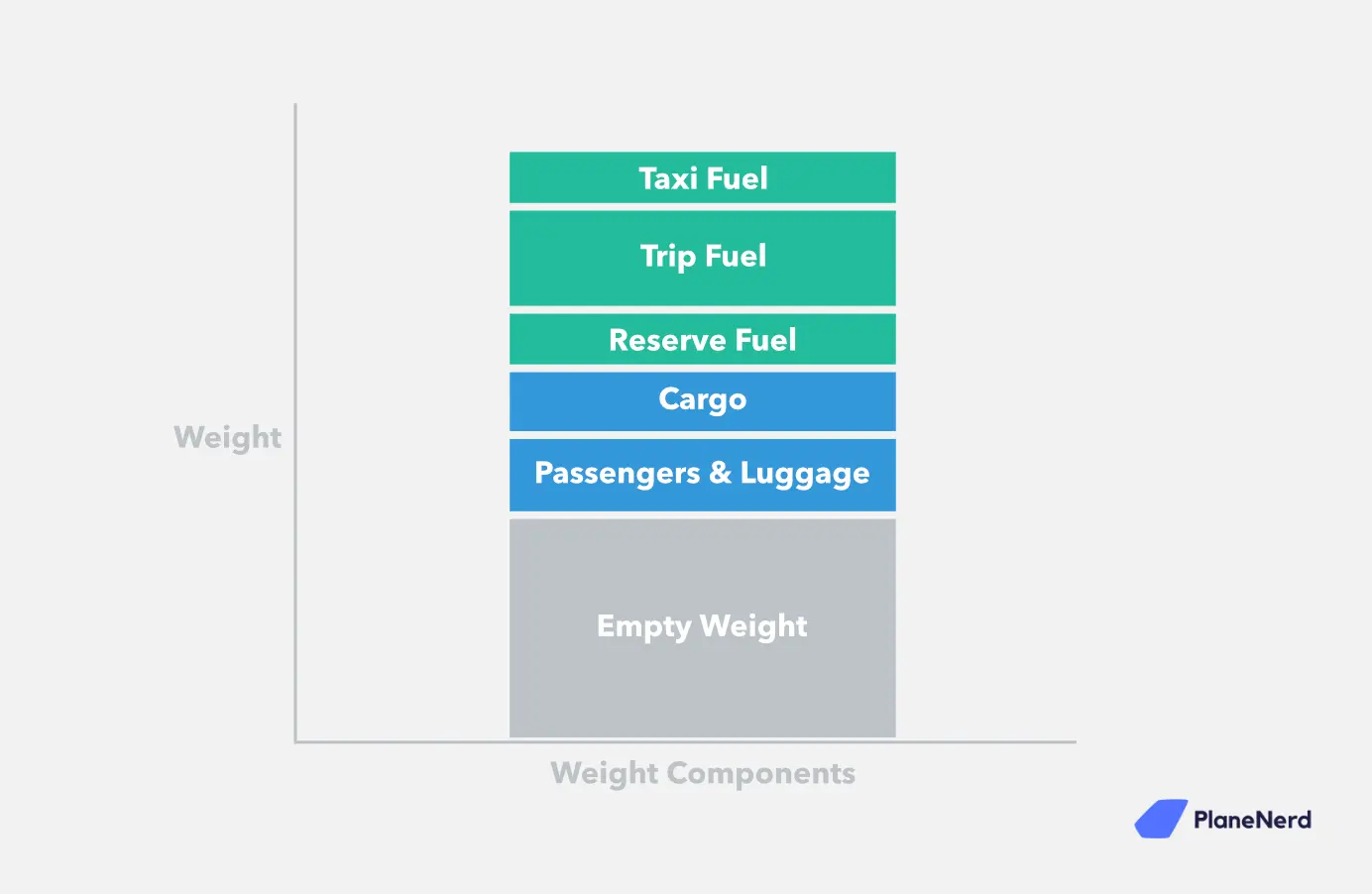
An aircraft's MTOW is fixed and does not change with altitude, air temperature, or runway length on takeoff or landing. Because weight is essential in determining an aircraft's range, the aircraft's MTOW is part of this article.
Please note that the data in this article comes from several different sources and that even reputable sources can contain errors. In the article, we have summarized range data for the various variants of the Boeing 737. As mentioned above, several factors play a role in aircraft range, and real-world range may vary.
737 Original Range
The first generation Boeing 737 flew in 1967, and the series included two variants, the 737-100 and the 737-200, a slightly stretched version of the -100 that could carry more passengers.
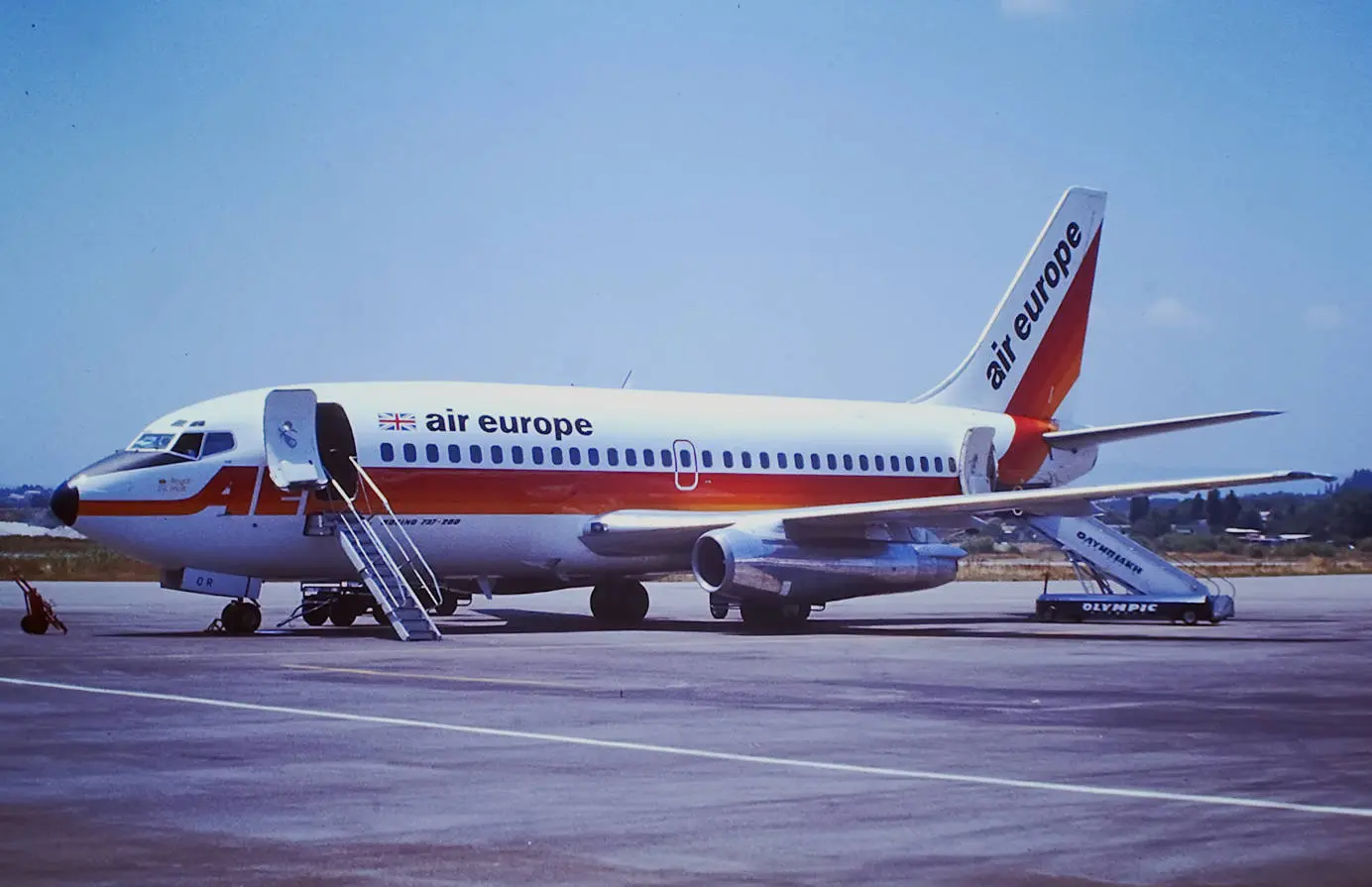
The aircraft that started the 737's history, the Boeing 737-100, has a range of 1,720 nmi / 1,979 miles / 3,185 km and a maximum takeoff weight (MTOW) of 110,000 lb (50,000 kg).
The extended Boeing 737-200, with a slightly larger passenger capacity, has a range of 2,645 nmi / 3,044 miles / 4,898 km and an MTOW of 128,100 lb (58,100 kg).
737 Classic Range
After Boeing's success with the first 737 series, they introduced improved versions with new engines that extended the range and passenger capacity of the 737. It became a new generation of 737s, which Boeing later called the "Classic" series. It consists of the 737-300, -400, and -500 aircraft.
Boeing introduced the 737-300 first, and the prototype flew in February 1984. The Boeing 737-300 has a range of 2,950 nmi / 3,395 miles / 5,463 km and a maximum takeoff weight of 138,500 lb (62,820 kg). This variant proved to be popular, and Boeing built a total of 1,113 in total.
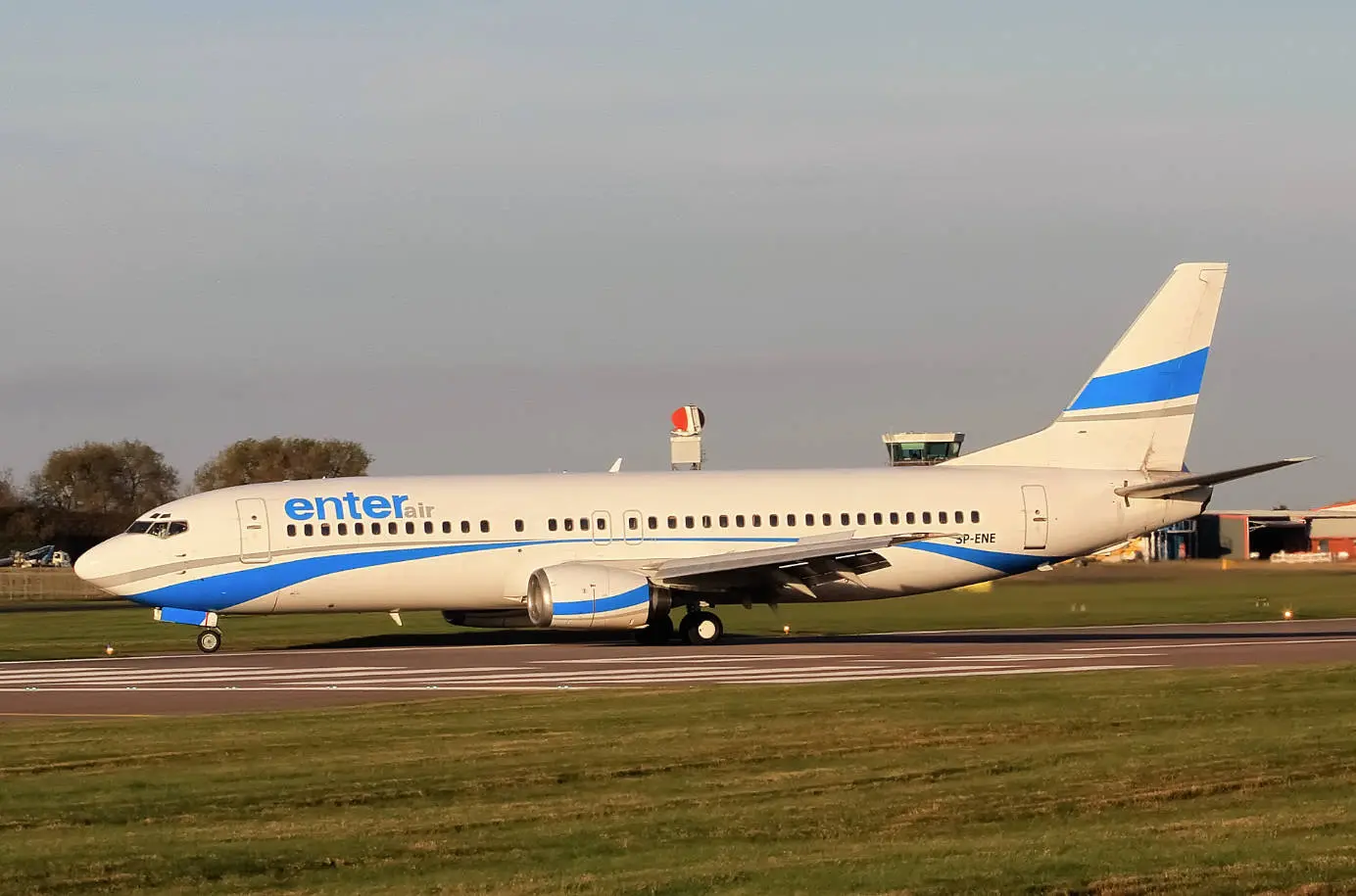
The following year, in 1985, Boeing introduced the 737-400 as a 10 ft (3 m) extended version of the -300 with room for more passengers. The 737-400 has a range of 2,800 nmi / 3,222 miles / 5,185 km and a maximum takeoff weight of 150,000 lb (68,040 kg)
In 1987, the last variant in the Classic series came on the market. It is the smallest in the series, despite the "500" in the aircraft's name. The Boeing 737-500 has a range of 2,950 nmi / 3,395 miles / 5,463 km and an MTOW of 133,500 lb (60,550 kg).
737 Next Generation Range
In 1997, Boeing introduced the third generation of the 737 aircraft. The most significant improvement was the new CFM56-7 Series high-pressure turbofan engines, which gave the aircraft better fuel economy and lower maintenance costs. These improvements should secure Boeing a better competitive position towards Airbus' A320, which had taken significant market share.
The direct replacement for the 737-500 was the new 737-600, which was relatively unsuccessful. Boeing produced a total of 69 of them. The Boeing 737-600 has a range of 3,235 nmi / 3,723 miles / 5,991 km and a maximum takeoff weight of 144,500 lb / 65,544 kg.
Boeing introduced the slightly longer Boeing 737-700 in 1993 as the replacement for the older 737-300 aircraft. The Boeing 737-700 has a range of 3,445 nmi / 3,964 miles / 6,380 km and an MTOW of 154,500 lb / 70,080 kg.
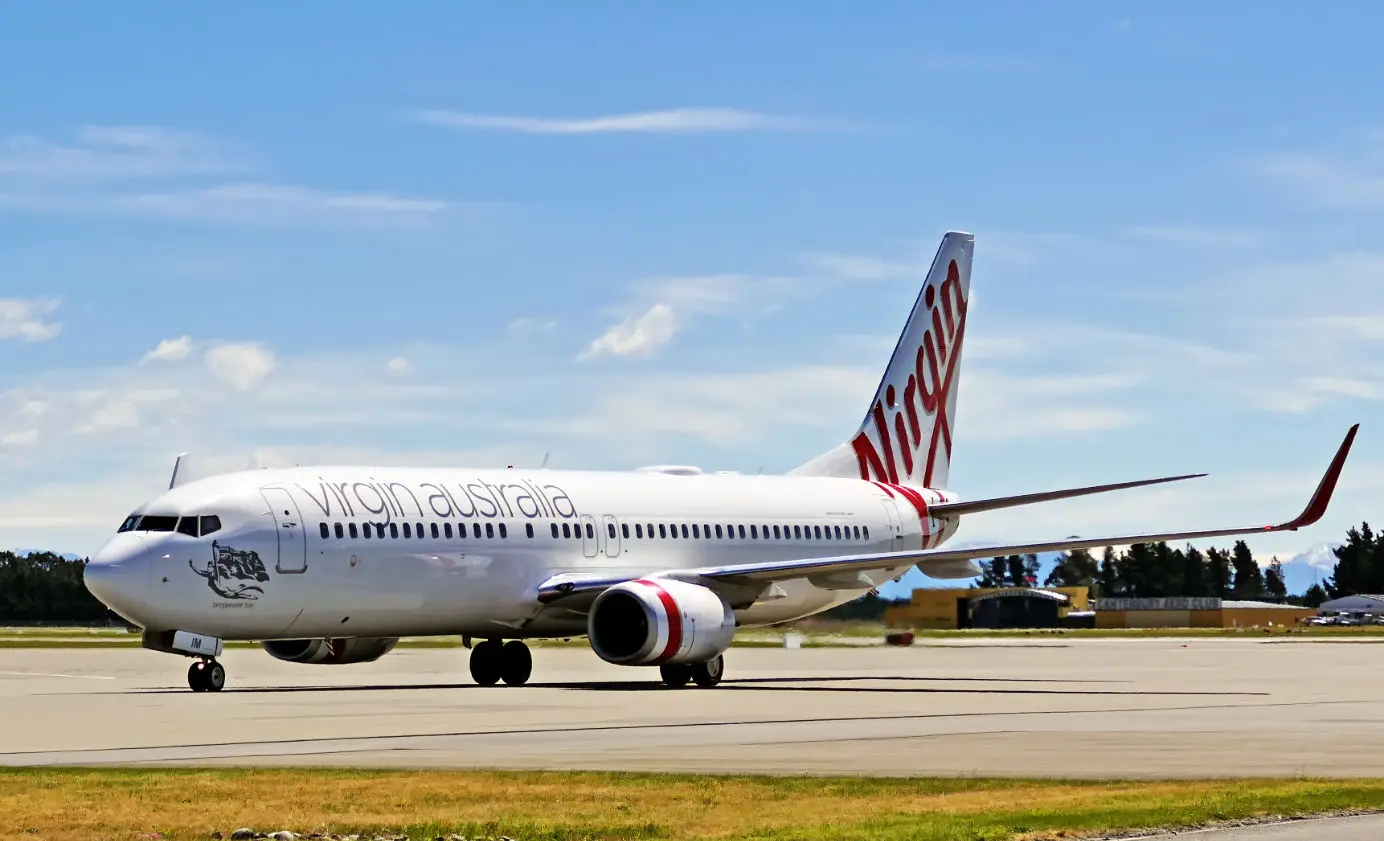
The Boeing 737-800 is a stretched version of the -700, introduced in 1994 as the first variant in the Next Generation series. With over 4,990 aircraft produced, it is the best-selling variant in the Next Generation series and one of the most widely used aircraft in the world. The Boeing 737-800 has a range of 3,085 nmi / 3,550 miles / 5,713 km and a maximum takeoff weight of 174,200 lb / 79,016 kg.
An even longer variant in the Next Generation series was the 737-900, which did not sell very well, with only 52 aircraft. Despite its extended fuselage, Boeing had not provided the aircraft with enough emergency exits, so it was not approved for more passengers than the -800. The Boeing 737-900 has a range of 3,050 nmi / 3,510 miles / 5,650 km and an MTOW of 187,679 lb / 85,130 kg.
Sluggish sales of the 737-900 prompted Boeing to replace it with a new version called the 737-900ER, which sold better. The -900ER fixed the drawbacks of the 737-900, got extra doors, and could fly with more passengers. The Boeing 737-900ER has a range of 3,235 nmi / 3,723 miles / 5,991 km and a maximum takeoff weight of 187,700 lb / 85,139 kg. The 737-900ER also became the largest and last aircraft in the Next Generation series.
737 MAX Range
To compete with Airbus's A320neo series, Boeing developed their 737 with better fuel efficiency, passenger capacity, and range. These improvements mostly came from the new CFM LEAP-1B engines, which later played an essential role in Boeing's extensive troubles with the 737 MAX after two fatal crashes in 2018 and 2019.
The shortest variant of the 737 MAX replaces the 737-700 model and uses 18% less fuel than its predecessor. At the same time, the range has increased significantly. The Boeing 737 MAX 7 has a range of 3,850 nmi / 4,430 miles / 7,130 km and an MTOW of 177,000 lb (80,000 kg).
The 737 MAX 8 has a longer fuselage than the MAX 7 and was the first variant of the MAX series introduced by Boeing. Like the other MAX aircraft, Boeing has improved the range, and the MAX 8 has a range of 3,550 nmi / 4,085 miles / 6,575 km. It flew its first commercial flight on 22 May 2017 between Kuala Lumpur and Singapore with Malindo Air. The maximum takeoff weight for the 737 MAX 8 is 182,200 lb (82,600 kg).
The even longer 737 MAX 9 replaces the 737-900 and competes directly with the Airbus A321neo. It has a range of 3,550 nmi / 4,085 miles / 6,575 km and a maximum takeoff weight of 194,700 lb (88,300 kg).
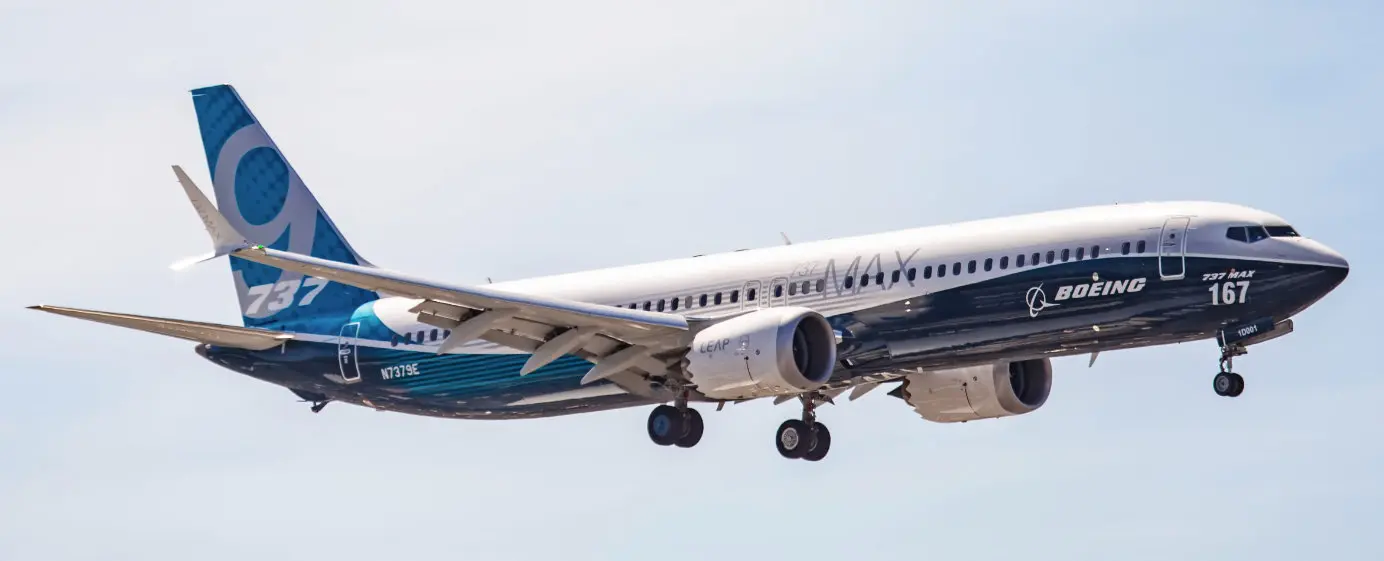
Last but not least, we have the Boeing 737 MAX 10, the longest 737 MAX aircraft and the longest 737 ever. It is also the 737 variant with the highest passenger capacity, up to 224 people. The MAX 10 has a range of 3,300 nmi / 3,798 miles / 6,112 km and an MTOW of 197,900 lb (89,800 kg)
Overview of Boeing 737's Range in Miles and Km.
| 737 Variant | Range | MTOW |
| 737-100 | 1,720 nmi / 1,979 miles / 3,185 km | 110,000 lb (50,000 kg) |
| 737-200 | 2,645 nmi / 3,044 miles / 4,898 km | 128,100 lb (58,100 kg) |
| 737-300 | 2,950 nmi / 3,395 miles / 5,463 km | 138,500 lb (62,820 kg) |
| 737-400 | 2,800 nmi / 3,222 miles / 5,185 km | 150,000 lb (68,040 kg) |
| 737-500 | 2,950 nmi / 3,395 miles / 5,463 km | 133,500 lb (60,550 kg) |
| 737-600 | 3,235 nmi / 3,723 miles / 5,991 km | 144,500 lb / 65,544 kg |
| 737-700 | 3,445 nmi / 3,964 miles / 6,380 km | 154,500 lb / 70,080 kg |
| 737-800 | 3,085 nmi / 3,550 miles / 5,713 km | 174,200 lb / 79,016 kg |
| 737-900 | 3,050 nmi / 3,510 miles / 5,650 km | 187.679 lb / 85.130 kg |
| 737-900ER | 3,235 nmi / 3,723 miles / 5,991 km | 187,700 lb / 85,139 kg |
| 737 MAX 7 | 3,850 nmi / 4,430 miles / 7,130 km | 177,000 lb (80,000 kg) |
| 737 MAX 8 | 3,550 nmi / 4,085 miles / 6,575 km | 182,200 lb (82,600 kg) |
| 737 MAX 9 | 3,550 nmi / 4,085 miles / 6,575 km | 194,700 lb (88,300 kg) |
| 737 MAX 10 | 3,300 nmi / 3,798 miles / 6,112 km | 197,900 lb (89,800 kg) |
In comparison, an Airbus A380 has a range of 8,000 nmi / 9,200 miles / 14,800 km. A Boeing 777-300ER has, according to Boeing, a range of 7,370 nmi / 8,481 miles / 13,649 km. However, note that an A380, a Boeing 777, and a 737 should not be directly compared, as they are different aircraft developed and built for other purposes.
Here Are Some of the Longest Boeing 737 Routes
Although Boeing does not intend their 737 aircraft for long-haul routes, several airlines go in the other direction.
Several airlines use the Boeing 737 as a long-haul aircraft, despite its small size and narrow-body design. So if you fancy a more extended 737 flight than the usual short hops it is mainly used for, you can, for example, choose one of the following routes.
One of the longest scheduled flights with a Boeing 737 is the route between Kuala Lumpur and Melbourne, operated by Batik Air with a Boeing 737 MAX 8. It is a trip of approx. 3,918 miles (6,300 km), and the flight lasts, according to Batik Air, 8 hours and 55 minutes. You can probably watch quite a few movies during that time.
Gol Intelligent Airlines also has a Boeing 737 route of over 8 hours. They operate the flight between Brasilia, Brazil to Orlando, USA, with a Boeing 737 MAX 8. The trip lasts 8 hours and 15 minutes.
Other long Boeing 737 routes include Copa Airlines' route from Panama to San Francisco, which takes 7 hours and 45 minutes in their Boeing 737 MAX 9. Turkish Airlines's route from Istanbul to Dar es Salaam takes 7 hours and 25 minutes in their Boeing 737 MAX 8, and Icelandair's route from Reykjavík to Minneapolis takes 6 hours and 30 minutes and is flown with a Boeing 737 MAX 8.
Several airlines use the 737 for long routes. Another matter is how comfortable it is to fly that long in a small, narrow-body plane.
Conclusion
The Boeing 737 offers different ranges depending on the variant. Over the years, Boeing has constantly focused on improving the 737. With each series, Boeing has, among other things, focused on increasing the range of the 737.
The first variant, the 737-100, had a range of 1,720 nmi / 1,979 miles / 3,185 km. Today, the 737 has evolved into the MAX series, where the 737 MAX 7 has the longest range of 3,850 nmi / 4,430 miles / 7,130 km.
Although Boeing made the 737 for shorter routes, several airlines offer 737 flights of over 8 hours. Then it's just a matter of whether you want to travel so long in a narrow-body jet like the 737.
Planenerd Newsletter
Join the newsletter to receive the latest updates in your inbox.

